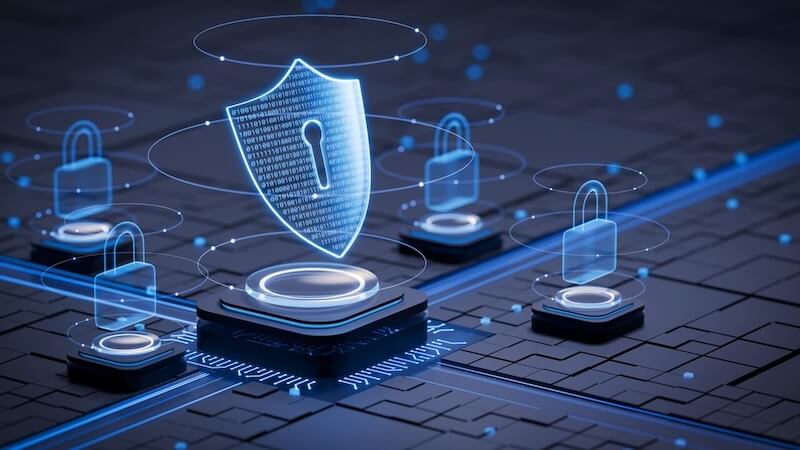The global cybersecurity landscape is facing unprecedented challenges in 2025, demanding robust and adaptive defense strategies. A confluence of factors, including geopolitical tensions, the proliferation of sophisticated technologies, and a widening cyber skills gap, have created a complex and volatile environment where organizations of all sizes are increasingly vulnerable.
One of the most significant trends is the rise of AI-powered cyberattacks. Cybercriminals are leveraging artificial intelligence to automate vulnerability identification, craft more convincing phishing schemes, and adapt in real-time to circumvent security measures. Generative AI fuels sophisticated social engineering and ransomware attacks. AI is also enabling more effective malware, which can learn from indicators of compromise and match characteristics of small clues even if they are scattered throughout the network. These AI-driven threats are dynamic, making them difficult to detect and defend against using traditional security measures.
Ransomware remains a top cyber risk. Experts anticipate significant innovations in ransomware attacks, compounded by the continued adoption of Ransomware-as-a-Service (RaaS), which is entrenching the commoditization of the ransomware model. Supply chain vulnerabilities also continue to pose a significant risk, with many organizations identifying them as the biggest barrier to cyber resilience. The increasing complexity of global supply chains and a lack of visibility into suppliers' security levels contribute to this challenge. Geopolitical tensions are also affecting cybersecurity strategies, with organizations concerned about cyber espionage, IP theft, and the disruption of operations.
To combat these escalating threats, organizations are increasingly turning to AI for cybersecurity defense. AI is being leveraged to reduce the mean time to detect, respond, and recover from attacks. Defensive AI systems can analyze vast amounts of data in real-time, providing context across silos and identifying anomalies and potential breaches before they escalate. AI-driven automation is also transforming how organizations allocate their cybersecurity resources, freeing up teams to focus on high-priority threats. AI models can help balance security with user experience by analyzing the risk of each login attempt and verifying users through behavioral data, simplifying access for verified users and reducing the cost of fraud.
However, organizations face a significant hurdle: a persistent cybersecurity skills gap. There is a lack of the right people with the right skills. The shortage of skilled technical professionals places an additional burden on the workforce, leading to burnout and decreased productivity. Companies are struggling to fill critical cybersecurity roles, particularly in specialized fields such as incident response, threat intelligence, and cloud security. This shortage risks slowing down critical digital transformation projects, as companies struggle to balance resilience with innovation.
To address this skills gap, organizations are investing in skills development, internal training, and strategic collaboration between cybersecurity and HR teams. Adaptability and eagerness to learn are now non-negotiable qualities in cybersecurity hires. Workplace culture and flexibility have also emerged as central themes in both hiring and retention.
The regulatory landscape is also becoming more complex. Organizations face a maze of global cybersecurity regulations, including the EU's DORA, the EU Cyber Resilience Act, and various critical infrastructure mandates. Compliance with these regulations requires robust strategies and can be challenging due to the fragmentation of cybersecurity regulations across jurisdictions.
To navigate this complex landscape, organizations must adopt a "security-first mindset" and align investments with risk management strategies. Key strategies include reassessing cyber risk postures, understanding supply chain dependencies, and evaluating the impact of AI on cybersecurity initiatives. They must also enforce vendor compliance, conduct regular audits, and use tools like Software Bills of Materials (SBOMs) to monitor third-party dependencies.
In conclusion, the global cybersecurity landscape is under siege from increasingly sophisticated threats. By embracing AI-powered defenses, addressing the skills gap, and proactively adapting to the evolving regulatory landscape, organizations can strengthen their defenses and navigate the challenges of this rapidly evolving landscape.

















